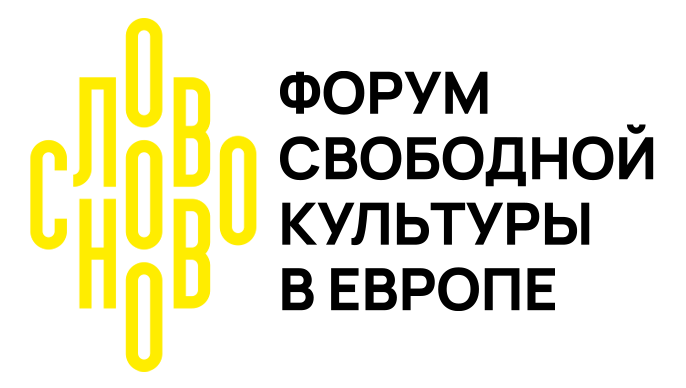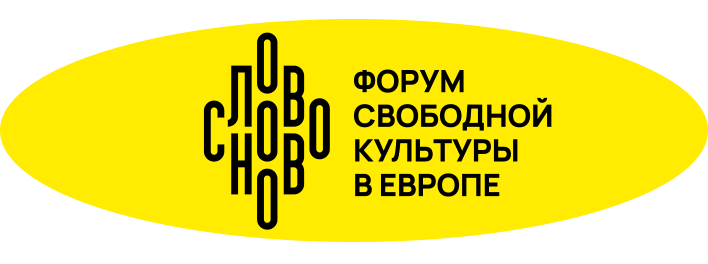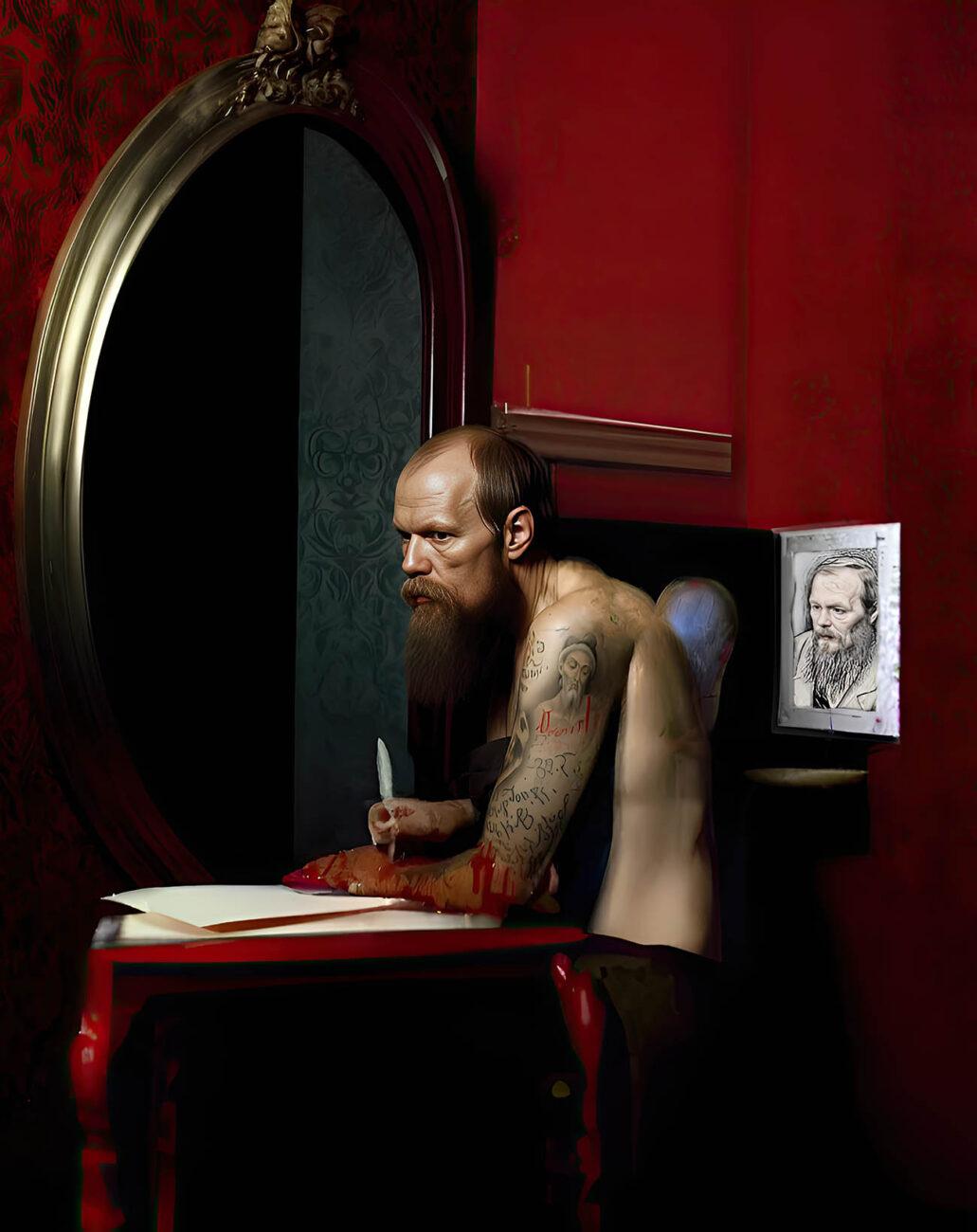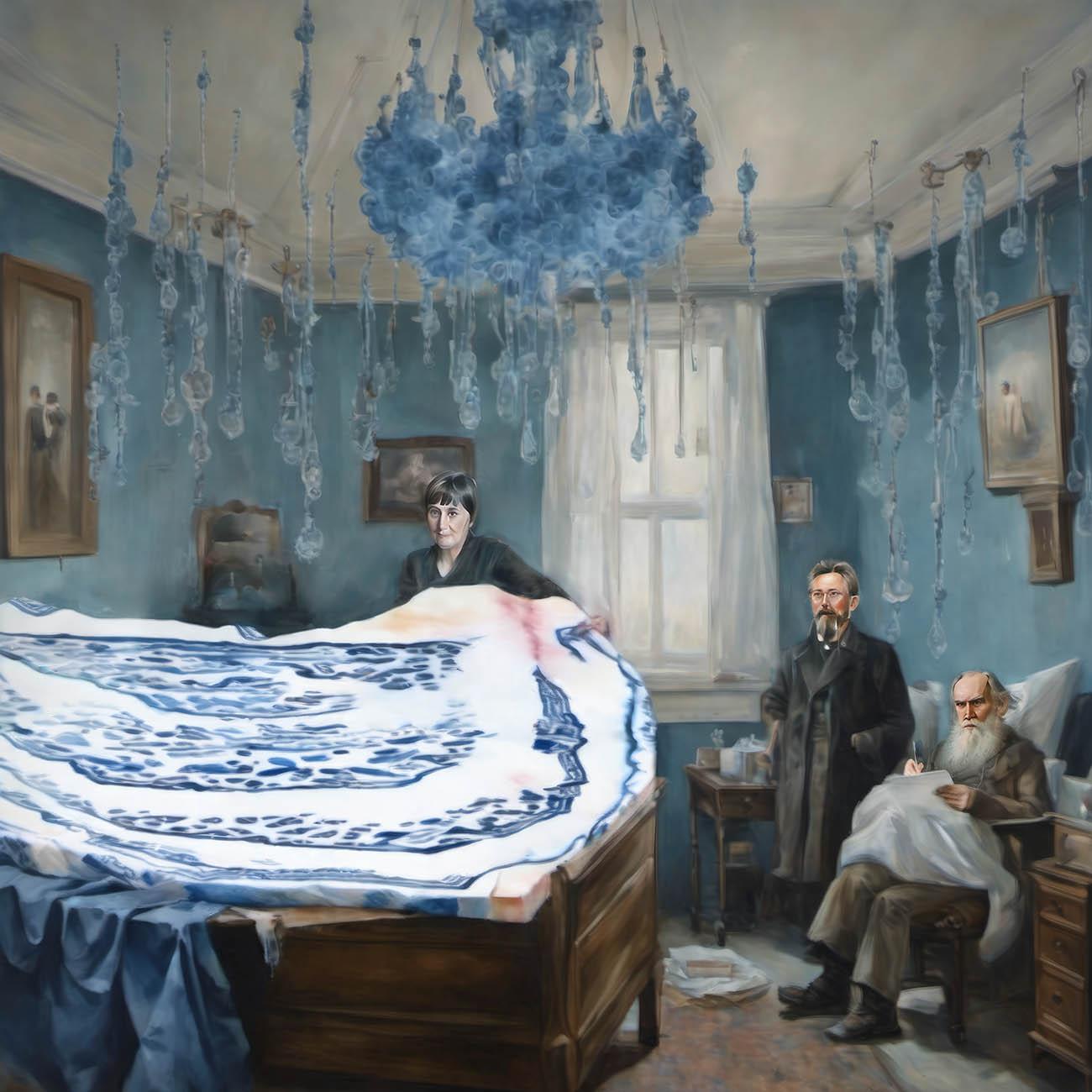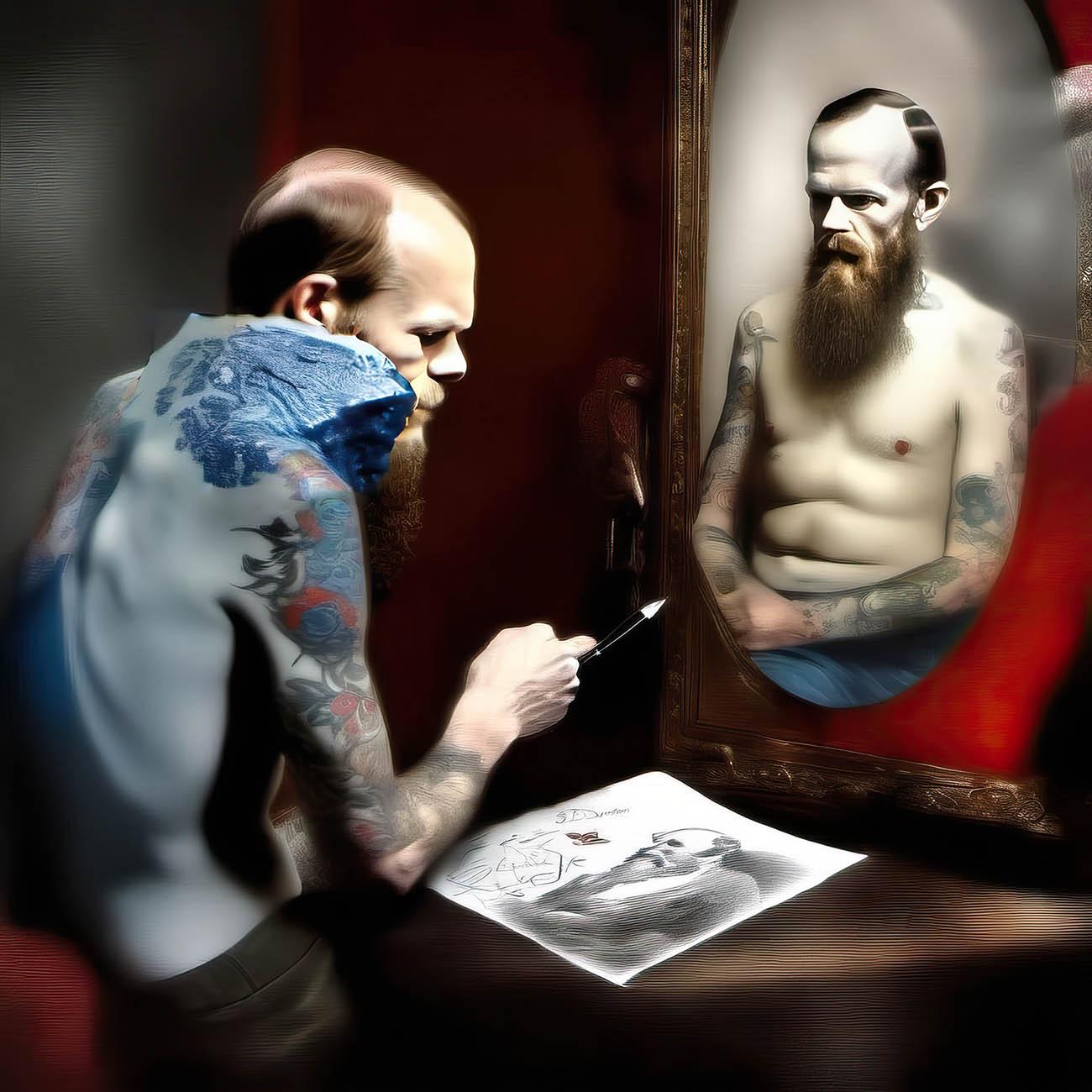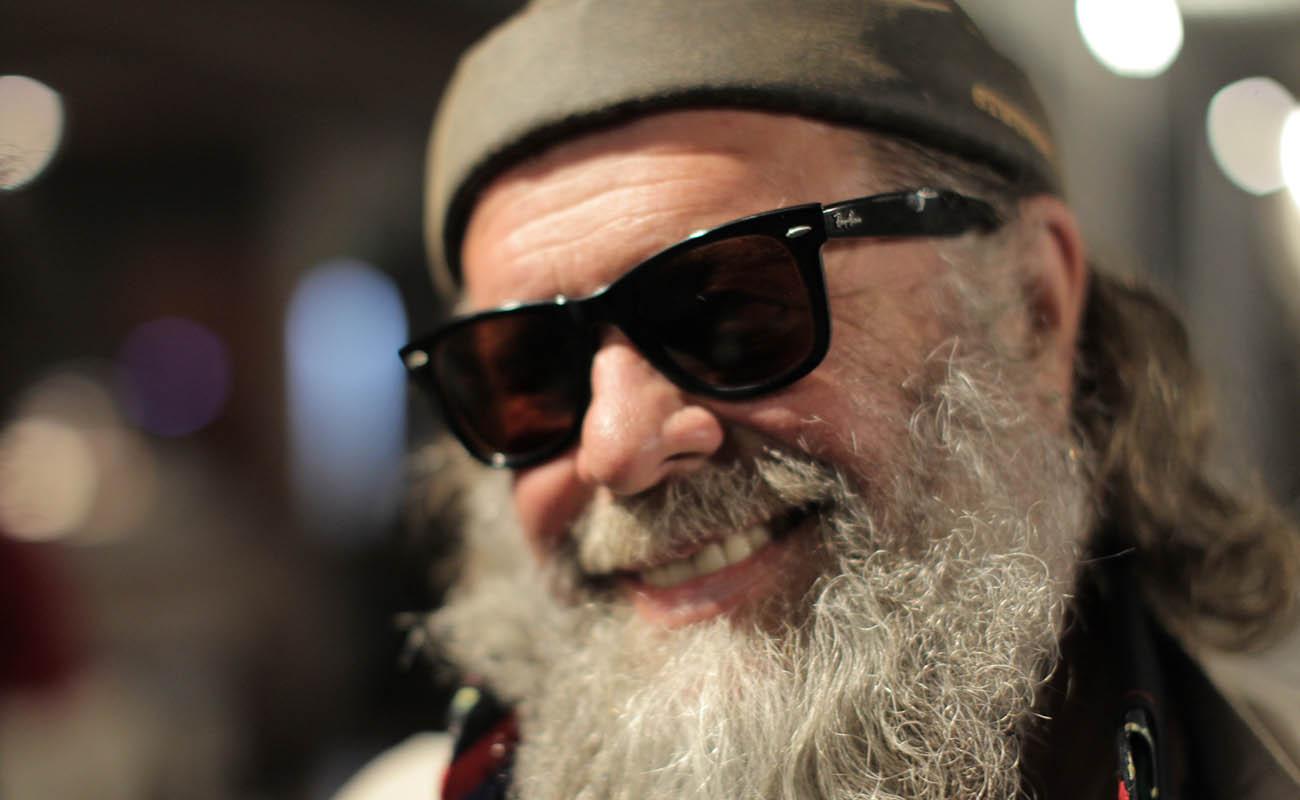Выставка Владимира Сорокина к роману «Голубое сало» в галерее WhiteBox, Нью-Йорк
Vladimir Sorokin - WhiteBox
Speaking about AI, it is common to find the use adjectives like ‘inhuman’ or ‘post-human’ in the annals of contemporary media. However, there is nothing inhuman in the production of texts or images with the help of AI. The artist formulates a prompt, and AI realizes this prompt using a storage of already existing – humanly produced — images to which it has full access. As a text or image producer, AI is defined by the grade of its training, sophistication of its technology but also – and maybe, first – by the historically accumulated mass of texts and images with which AI operates. As history moves onwards, this mass of texts and images is changing – some images may be added, some images may get lost. So, if as an artist I write a prompt and the AI produces an image prompted by this prompt I can immediately see how my prompt is understood and interpreted at this historical-particular moment – not by an individual or a group but by the whole civilization in which I live. AI is nothing else but the embodied zeitgeist. And prompting this zeitgeist- machine I become able to analyze and diagnose the moment in history of which I am a contemporary.
The AI can process a huge amount of already existing texts and images whereas as writers, readers, artists, or spectators we tend to live in a cultural bubble. A major part of the cultural heritage – be textual or visual –escapes our knowledge. So, one expects that AI being able to process much bigger portions of existing information, will respond to a prompt with answers that would reflect an already accumulated mass of texts and images better than every individual writer would be able to do. Today, the prompting seems to be the only way to start a dialogue with this “objectified culture” – the embodied zeitgeist.
Русская культура | РЕАЛЬНОЕ КИНО
Виталий Манский и Михаил Шишкин рассуждают о русской к
Весна и война меняют жизнь. Интервью с Борисом Гребенщиковым
Интервью Льва Ганкина с Борисом Гребенщиковым. newsru.co.il
